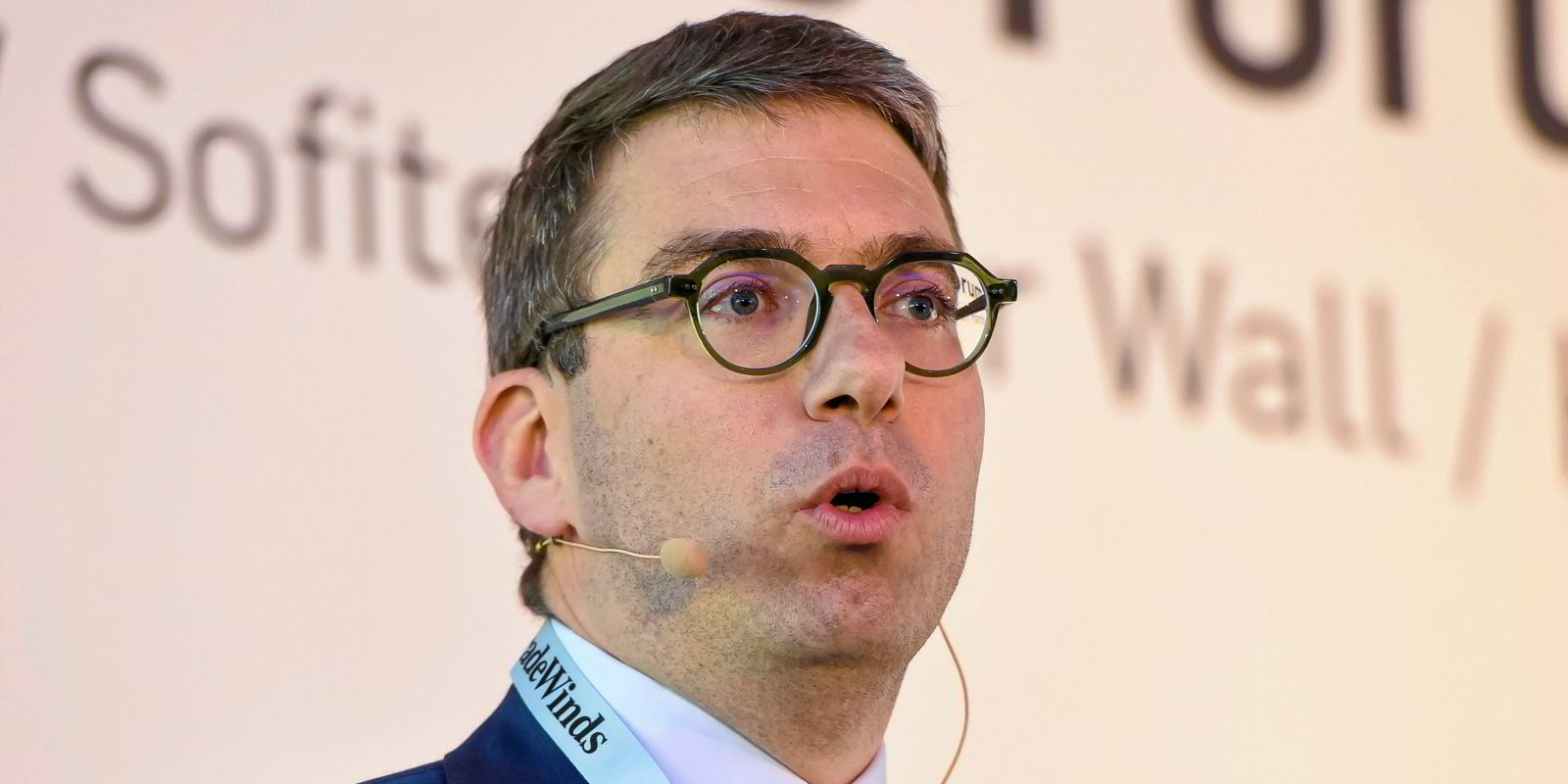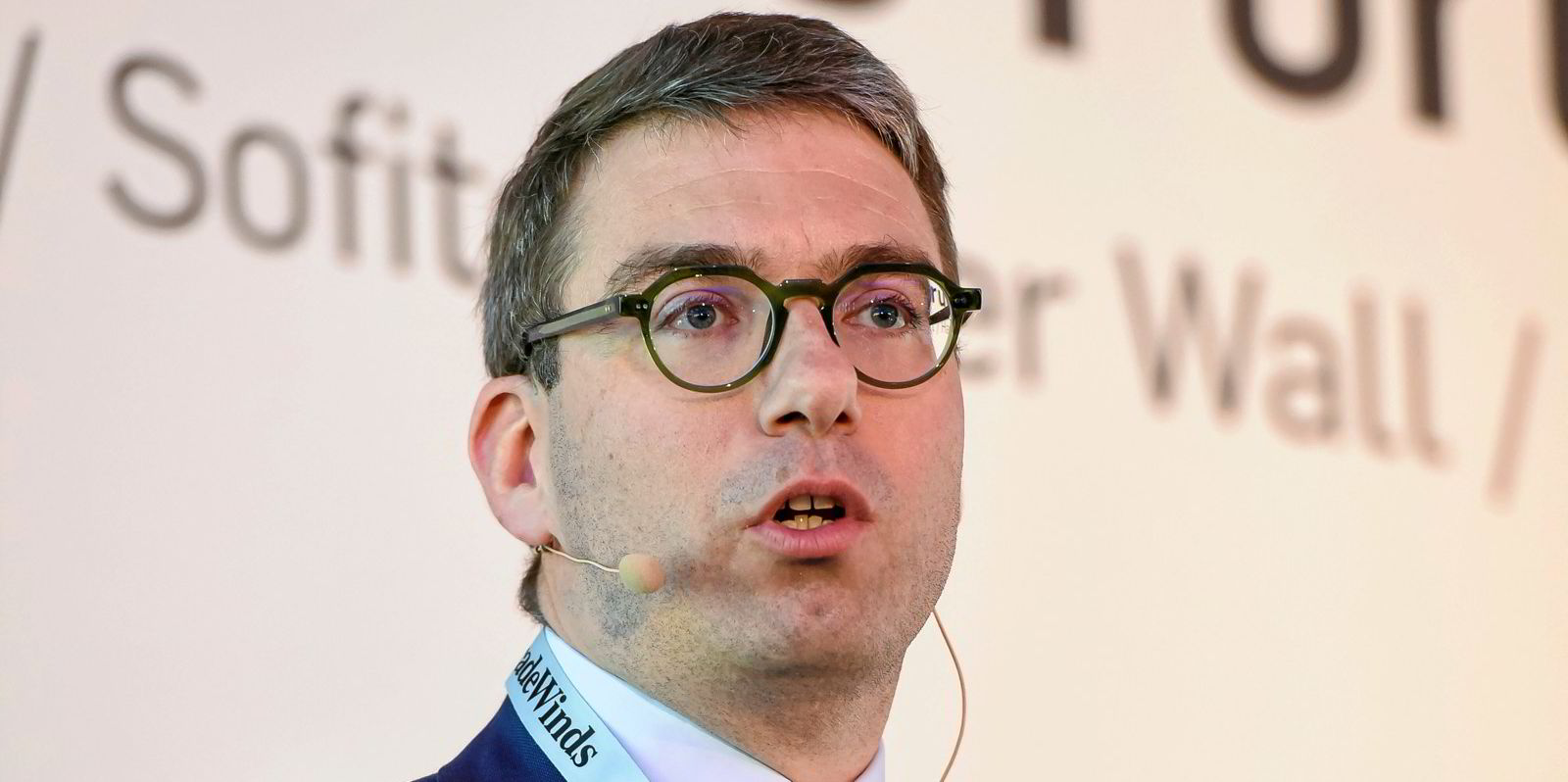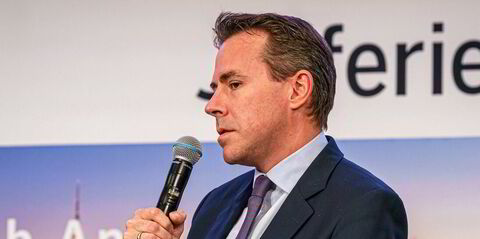I would start an infrastructure fund. Decarbonisation will lead to a new infrastructure-type business model being introduced in shipping. Vessels will be constructed, operated, fuelled and recycled (closed-loop) as part of an infrastructure-type project (ITP).
This article is part of a series written by people across shipping in response to this question about how to deploy a hypothetical TradeWinds Sustainable Shipping Fund:
How, where and why would you invest $1bn for the best return in sustainable shipping, as the industry grapples with the need to cut carbon emissions, improve efficiency and keep cargoes moving in a world facing multiple economic and political challenges? The investment will be made now and ideally held for the next seven years to the end of the decade. As an added bonus, give one policy or regulation you would like to implement from 1 January 2023 to benefit shipping?
Where to play and with whom? The shipping industry accounts for 2% to 3% of global emissions. That leaves 97% to 98% of global emissions from other industries, most of which are direct or indirect customers of the shipping sector.
Many of the large corporate players have net-zero ambitions by 2040. Seaborne trade volumes, cargo types, trading patterns and parcel sizes are likely to change when these players change their behaviour to reach their targets by 2040. The ITP will partner with these players to solve their future need for green seaborne transport.
The contractual architecture should support the ITP business model. Scaling of renewable energy systems is a prerequisite for global decarbonisation across industries. The global investor appetite for green fuels is larger than the one for green vessels.
Early new-fuel adopters will need to commit to long-term offtake agreements that allow producers to scale production. The ITP will bundle long-term fuel offtake agreements with newbuilding contracts for green vessels. Maturity-matched long-term employment with strong counterparties will guarantee income from the ships.
Fuel, not freight, will drive value creation. The ITP will supply the ships to the market as a service, including green fuel. Vessels may be offered to charterers at a discount to their capital expenditure break-even rate to make them attractive and allow scale to be built quickly.
The equity yield for the ITP will be delivered by the purchase of green fuel — not just the income from the ship. This new model will penetrate vessel segments where employment contracts can be created with investment grade counterparties.
It will be a premium product at a discount price. The competitive edge will be delivered by the low charter rates, a clear environmental, social and corporate governance profile, stable cash flows and low cost of capital. The asset play will be replaced by a long-term infrastructure play.
The ITP is designed for energy-efficiency leadership through the introduction of a ‘servitisation’ model — where you pay for the service rather than buy the asset — for equipment manufacturers and shipyards. This will incentivise equipment manufacturers to optimise the long-term performance of vessels — cradle-to-cradle — by allowing them to capitalise on fuel savings.
The intention is for energy-efficiency leadership to become a barrier to entry once these vessels start moving cargo using significantly less fuel than their competitors.




